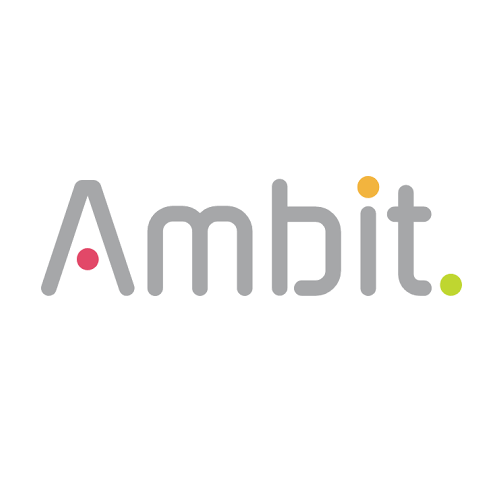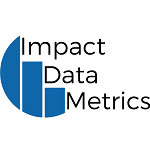The top 5 hiring challenges Life Sciences organizations are facing in 2023

In the rapidly evolving landscape of life sciences, hiring the right talent has become increasingly challenging for organizations seeking to drive innovation and stay ahead in this competitive industry. In this article, we explore the top five challenges faced by life sciences organizations in the hiring process and delve into potential solutions to address these issues effectively.
1. Skills shortages
The life sciences industry is highly specialized, demanding candidates with expertise across a diverse range of business areas. Whether it’s therapy area knowledge or technical skills, the scarcity of individuals possessing the necessary skills and knowledge means it is taking life sciences organizations much longer to fill vacancies compared with other industries.
A key example of this is within Regulatory Affairs and Quality Assurance. As the life sciences industry is so tightly regulated, hiring professionals with a strong understanding of relevant global regulations, compliance standards and quality control is crucial. However, recent updates to these regulations have made it increasingly difficult to secure candidates with the right mix of technical skills and regulatory expertise.
How can you address the skills gap?
- Invest in graduate outreach: Collaborations with universities and colleges could help bridge the skills gap by fostering a pipeline of qualified candidates. A carefully constructed graduate outreach strategy can deliver repeat return on investment while also giving your employer brand a boost.
-
Upskill your current workforce: To overcome skill shortages, life sciences organizations must invest in continuous learning and development programmes for their existing workforce. If you haven’t already, consider investing in a learning management system (LMS) to support your efforts in managing, distributing and tracking your employee training. This can also create new career development opportunities for your current employees, which can improve job satisfaction and retention.
2. Competition for talent
Life sciences organizations have fierce competition when it comes to attracting the highly skilled candidates they need. With everyone fishing from the same pond, this heightened competition is driving up salary and benefit expectations, making it especially hard for smaller companies to attract and secure the skilled individuals they need.
How can you stand out from the crowd?
-
Discover and define your unique offering to employees: To stand out among competitors, life sciences organizations must first develop a unique and authentic employee value proposition (EVP). This should include highlighting opportunities for career growth, promoting a positive work culture and advertising their (hopefully competitive) compensation package.
-
Attract top talent through impactful employer branding: Building and promoting a strong employer brand using the organization’s EVP will ensure their reputation in the market as a top employer is as wide-reaching as possible. This will help life sciences organizations attract talented candidates who ultimately align with their mission and values, increasing the chance of retaining these employees longer term.
3. Lack of in-house expertise
The hiring process can be daunting to those who have never taken part in it from an organizational perspective. Equally, there may be people within organizations who have taken part in hiring many times but have never had any training. This is especially true for smaller organizations that may not have a dedicated hiring team to support them. This can lead to issues such as a lack of compliance, unconscious bias influencing decision making and, ultimately, a negative candidate experience.
How can you equip your hiring teams?
-
Provide comprehensive training: Ensuring that all who take part in the hiring process have been properly trained is imperative for life sciences organizations who want to ensure candidates have a positive experience. Hiring skills training is vital in ensuring all relevant team members understand best practice and feel confident in their approach to hiring.
4. Time pressures and conflicting priorities
Filling a vacancy can be a time-consuming exercise. From defining the parameters of the role, advertising and interviewing, all the way through to making an offer, the process often takes months to complete and involves a huge amount of investment from managers who are stretched for time as it is.
How can you increase your hiring efficiency?
-
Streamline your hiring processes: Having a streamlined internal process, including a suitable applicant tracking system (ATS) and a defined hiring process backed by a service level agreement (SLA), means that less time will be wasted on administrative tasks and chasing people to complete tasks that are their responsibility.
-
Embrace artificial intelligence (AI): From automated candidate screening to AI-powered Chatbots, there are several ways AI can be integrated into the hiring process to improve efficiencies and enhance the candidate experience. This will help ensure that the time invested by senior staff is reserved for the tasks that require a human touch.
5. Inconsistent external support
Organizations often resort to using external recruitment agencies to support their hiring efforts in the hope that this will alleviate some of the pressure on time and resources. However, the reality is that far too often the support they receive is inconsistent, inefficient or, worst of all, results in more time being taken up by chasing or sifting through endless unsuitable CVs.How can you improve the quality of your external support?
- Find a trusted agency partner: Finding a trusted agency partner who specializes in the life sciences industry is invaluable. Many organizations will advertise their vacancies with multiple agencies, believing this is the best route to a quick fill. However, the reality is usually a lower level of commitment from each of these agencies with less time spent actively sourcing your ideal candidate. Having a partner who understands your organizational and industry requirements means a much higher chance of receiving suitable applications the first time around.
Ambit is currently offering a free external audit of your hiring strategy to help you identify areas for improvement.
If you would then like further support, Ambit has a range of talent consultancy services to ensure you have a sustainable, efficient hiring strategy in place to attract and secure the talent you need. These services cover many of the solutions mentioned above, and we also have a team dedicated to assisting you in your immediate hiring needs. So, whatever your requirements – we’ve got you covered.
If you're interested in a free hiring strategy audit or you need help with immediate recruitment challenges, book a call here and an experienced member of our team will be in touch to discuss how we can help.
https://www.linkedin.com/pulse/life-science-recruitment-challenges-faith-emery/
https://www.ideagen.com/thought-leadership/blog/7-regulatory-changes-life-sciences
























